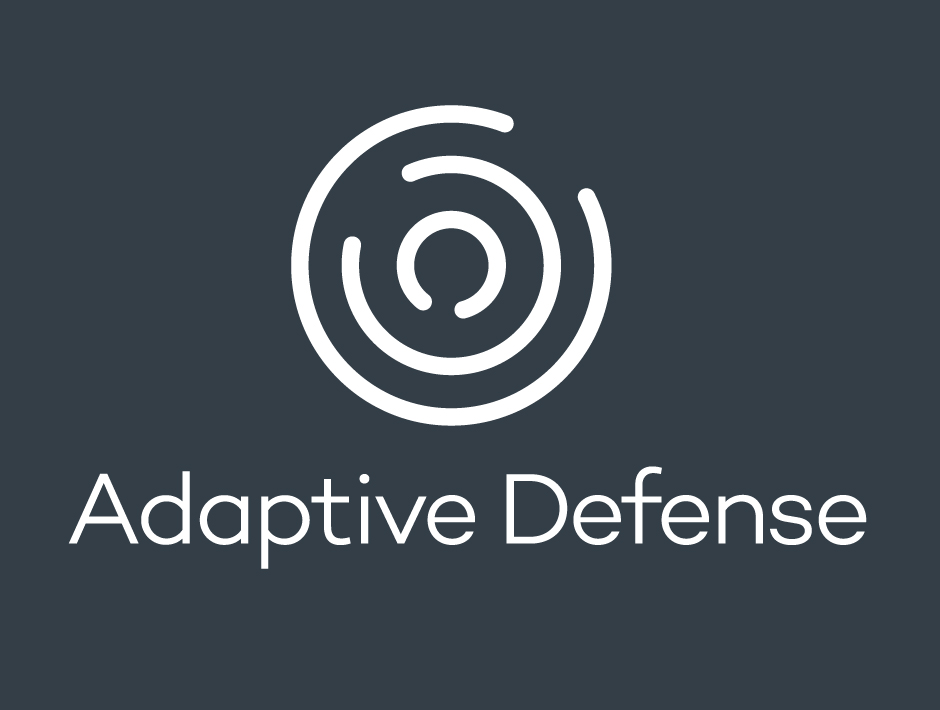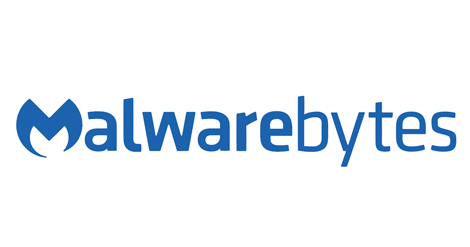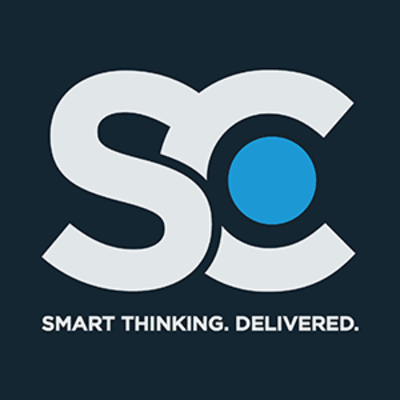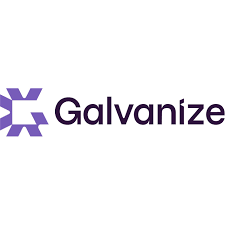
Categories
Problems that solves
Shortage of inhouse software developers
Shortage of inhouse IT resources
High costs of IT personnel
Shortage of inhouse IT engineers
Values
Enhance Staff Productivity
Reduce Costs
Grey Wizard Shield
Grey Wizard Shield provides comprehensive 24/7 security against threats mentioned in OWASP Top 10 and others
About Product
Description
Grey Wizard provides end-to- end protection of webpages against all types of DDoS attacks. It effectively mitigates volume-based, network-oriented, and application-oriented attacks. Grey Wizard Shield acts as a proxy server between the users and the customer’s servers. The service activation and deployment usually takes up to 15 minutes.
It works as a reverse proxy. In other words it’s a server between a internet user and the server where your website is located. It “filters” the whole webtraffic allowing only legitimate users and good bots to pass through.
Features:
Protection against DDoS attacks
Grey Wizard DDoS protection is based on a network of non-virtual, geographically distributed servers called MegaPOPs. These high performance cluster of servers stop attacks on HTTP, HTTPS and WEBSOCKETS. In order to handle these enormous traffic peak huge bandwidth connection is supplied by the biggest telecommunication providers.
Content Delivery Network (CDN)
Content Delivery Network (CDN) is a large distributed system for transfer of contents between many data centers and traffic exchange points on the Internet. Its ultimate purpose is to make the page contents available to the end user.
Machine Learning
The effectiveness of Grey Wizard Shield is based to a large extent on intelligent machine-learning algorithms. The synergy between the knowledge of our world-class cybercrime experts and the machine-learning mechanisms enables Grey Wizard to detect all anomalies through comprehensive monitoring of web applications and identification of dangerous requests from the network.
Web Application Firewall
Grey Wizard Shield provides comprehensive 24h / 7 security against threats mentioned in OWASP Top 10 and others. It works as a reverse proxy. In other words it’s a server between a internet user and the server where your website is located. It “filters” the whole webtraffic allowing only legitimate users and good bots to pass through.
Load Balancing
Load Balancing ensures failure-free and optimal operation of network connections. With balanced server loads, it is possible to increase availability of servers or data centers without purchasing expensive hardware. Load Balancing is achieved among others by optimization of the request selection.
Real-time monitoring
Real-time monitoring is a convenient function enabling the user to view the current status of website protection and optionally to set selected parameters. In case of an attack, the real-time view facilitates further security measures.
Fast and simple integration
Grey Wizard Shield ensures effective protection against cyberattacks, including volume-based and network-oriented attacks. A technology based on machine learning ensures high effectiveness of the measures and helps to quickly detect any potential threats.
Expert knowledge
Our experts are enthusiasts of modern technologies, with vast knowledge of cybersecurity. Therefore the challenges they face in the cybersecurity area positively affect the development and quality of our products. We protect our Customers against all types of DDoS attacks. Our knowledge and activities are supported by solutions based on artificial intelligence.
Grey Wizard in a nutshell
- Full Web Protection. DDoS + WAF + API + BOTs
- 3 Independent. Data Centers located only in EU. Your data never leaves EU
- Premium Support. Median ticket response time 6 minute. Customer service and SOC 24/7/365
- Easy to use. No software & hardware. No IT specialist required
- 5 minute setup. All configuration is automatic
- Innovative Technologies. Machine Learning & A.I. Behavioral Anomaly Detection


















